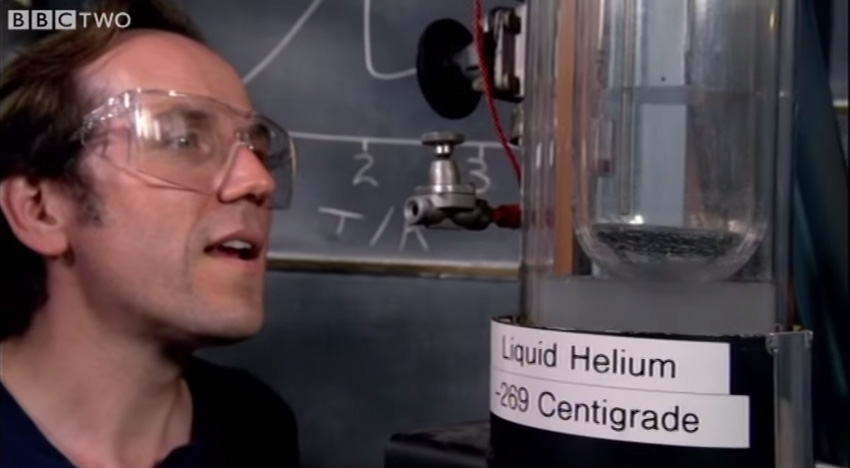The smallest known vortexes, with cores just an atom in diameter, have been discovered hidden inside tiny droplets of helium.
When liquid helium is cooled to -271° Celsius (-455.8 F), it transforms into what is known as a superfluid, where any rules of ordinary liquid viscosity are thrown out the window. Helium is understood to be the simplest superfluid to create and study, and is often used to try to understand other superfluids that are more difficult to produce.
Dr. Daniel Rolles blasted superfluid helium with an X-ray laser that allowed him to produce 120 images per second. In studying the photos, Dr. Rolles discovered that many of the helium droplets were not spherical as he believed they would be. Instead, they were shaped more like a tire, being pulled length-wise by densely-packed mini-vortexes spinning so quickly that any ordinary liquid would be ripped apart by the unimaginable speed of the microscopic rotations.
So why is the discovery significant? Scientists have been trying to produce and study the micro-tornadoes in liquid helium for decades. Many theorists believe that they could serve as a model for understanding the disturbances that formed the early universe.
Source: Science


